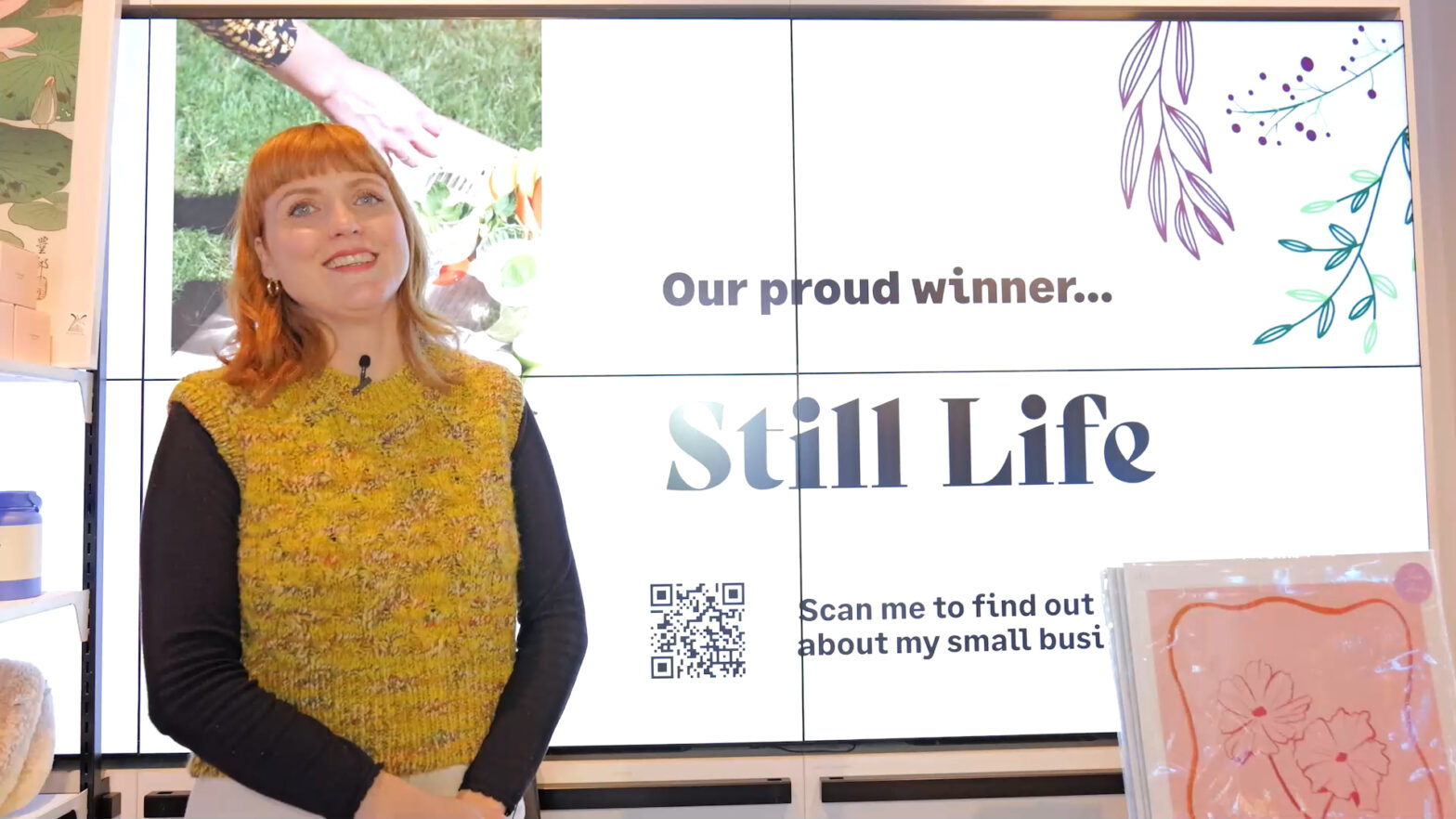Last year the volume of text messages sent in the UK declined for the first time ever, as traditional short message service (SMS) texts were overtaken by mobile internet-based messaging systems. It’s not an exaggeration to say that this means we are approaching the end of an era, technology-wise at least, and entering a new one with implications for the way businesses buy their communications services.
The first ever text message is widely reported to have been sent in 1992 by a 22-year-old communications engineer called Neil Papworth, working in the UK, who used a PC to send a message to a colleague’s phone wishing them ‘Merry Christmas’. The recipient couldn’t return the greeting unfortunately because his brick-sized ‘mobile’ phone had no way of inputting text.
Commercialised in 1993 by Nokia and originally intended for business users (who could only message other users on the same network), by 2000 those network silos had been broken down and texts quickly became an essential method of everyday communication. They even spawned their own lexicon and a grammar system that, although it had purists foaming at the mouth, meant users could fit more words into the 160 character limit of a single message.
The company that measured last year’s decline, Deloitte, estimated that the global number of sent SMS messages dropped from 152 billion in 2012 to 145 billion in 2013. At the same time, the number of messages sent using internet services like WhatsApp and iMessage rocketed from 57 billion to 160 billion. They even think that number could rise to 300 billion this year.
Blackberry’s BBM messaging system, launched in 2006, was the first example of such a service, of course, but the market has become highly competitive thanks to falling data prices and the relentless spread of smartphones.
In the trade, these services are now known as OTT (over the top) in a nod toward the way in which they bypass the service providers’ SMS system and travel over the top of smartphones’ internet connections instead.
Their appeal lies in the fact that you can send messages (text, images or audio) for ‘free’ – although you are paying for your data connection, remember – and avoid the network operators’ charges, which are significantly higher for MMS (multimedia messaging services) in particular.
So what do I think this means for the UK’s small businesses? Well the same report also showed mobile phone use as a whole has gone up, driven by messaging and social media apps, yet free calls and texts bundles are still a central part of mobile phone providers’ sales pitches. But as usage habits change and technology enables ever-more mobile working, the real value for businesses and consumers is to be found in their data plan.
For mobile phones and similar devices like tablets, data is what makes the business world go round. Thanks to rapidly advancing app technology and market forces driving down the cost of data, emails, file transfers and media sharing can all be done cheaply on the move. As such, it would be better for forward-thinking small businesses to opt for a tariff with more data allowance and less texts and minutes in almost every imaginable scenario.
Walk into a high-street mobile phone shop and you can see that minutes and texts continue to play a huge part in network providers’ sales pitch. This is changing, though because it has to. If not it would be yet another case of a business model not keeping up with technology. Look at the music industry’s epic underestimation of the internet and digitisation of media.
I’m sure that almost everyone who has compared their actual mobile usage to their tariff’s included minutes and texts will have found heaps of them unused. But this is why data should be the chief selection criteria when shopping around.
In the meantime, let’s salute the SMS as the medium that gave us the smiley face and spawned a way of writing that has had English teachers tearing their hair out for more than decade!





